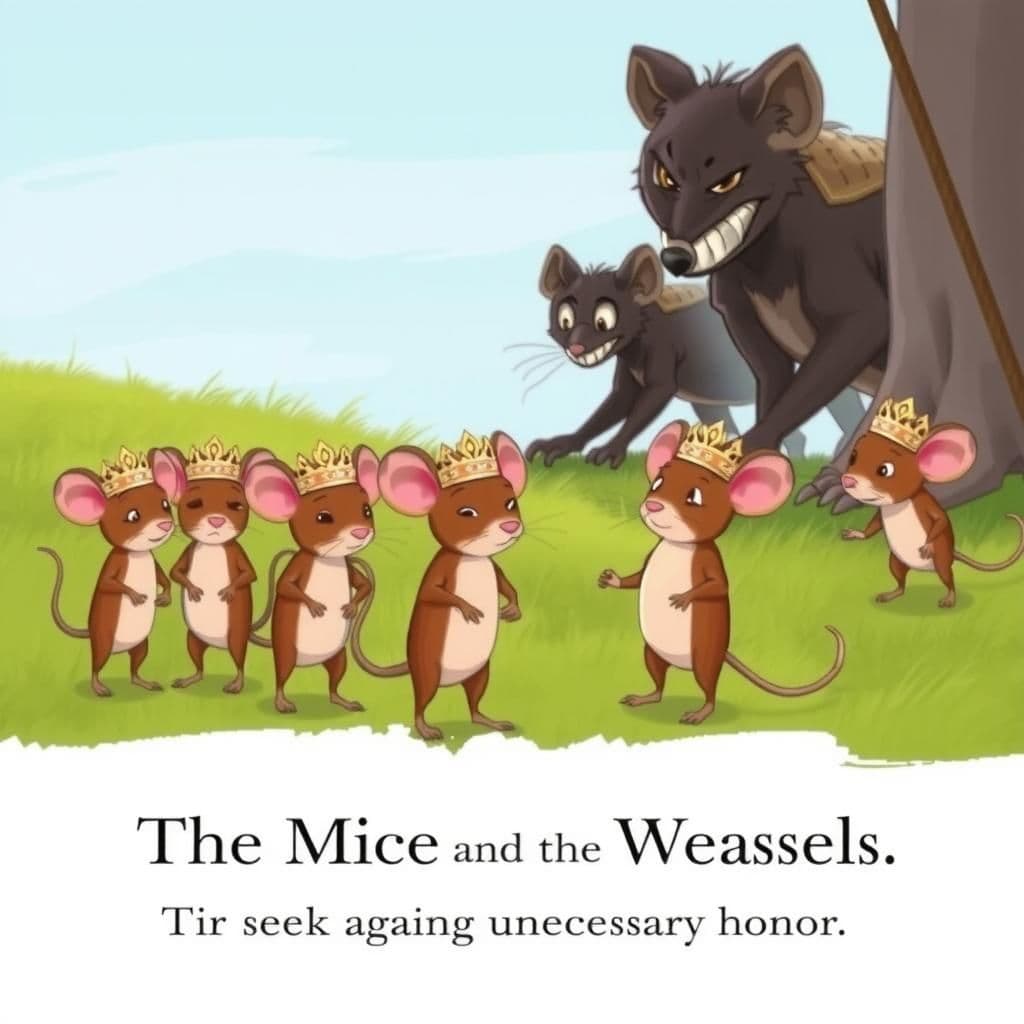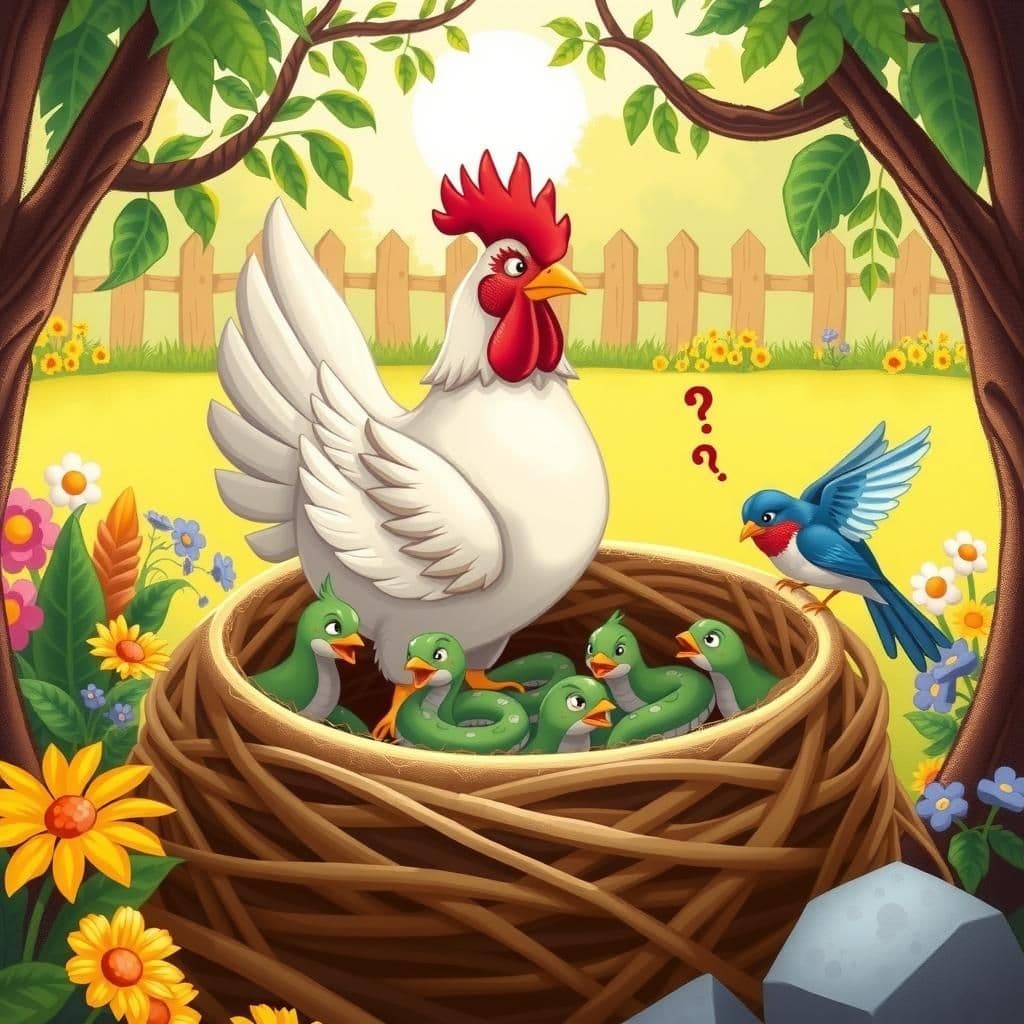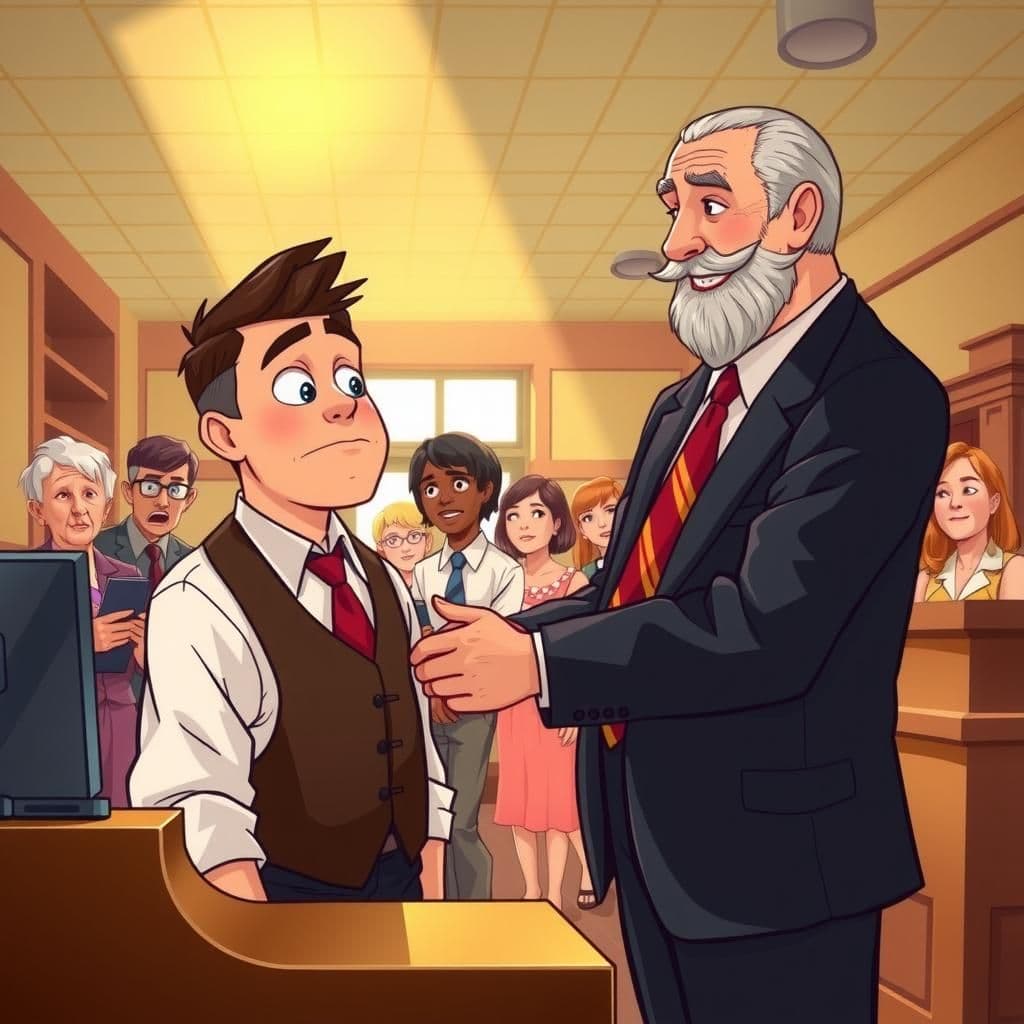The Farmer and the Cranes

Story Summary
In "The Farmer and the Cranes," a farmer initially uses an empty sling to scare away cranes from his wheat fields, but when the birds no longer fear him, he loads the sling with stones and kills many. Realizing that his threats have turned into real danger, the surviving cranes decide it's time to leave for safety, understanding that when words fail, actions must follow. This impactful moral story teaches a valuable lesson about recognizing true threats, making it a memorable addition to famous fables with moral lessons and short bedtime stories with moral insights.
Click to reveal the moral of the story
When threats are ignored, decisive action may be necessary to enforce boundaries.
Historical Context
This fable, likely derived from Aesop's collection of moral stories, reflects themes of authority, the consequences of inaction, and the shift from mere threats to decisive action. Aesop's tales often used animal characters to convey lessons about human behavior and ethics, and similar motifs can be found in various cultures, emphasizing the universal nature of such moral teachings. The setting of agricultural life also highlights the relationship between humans and nature, a common backdrop in many fables throughout history.
Our Editors Opinion
This fable serves as a reminder that empty threats can only deter action for so long; eventually, decisive measures may be necessary to enforce boundaries and protect one’s interests. In modern life, consider a workplace scenario where a manager repeatedly warns employees about tardiness without consequence; eventually, when an employee pushes the limits, the manager may need to enforce strict penalties, demonstrating that actions often speak louder than words.
You May Also Like

The Mice and the Weasels
In "The Mice and the Weasels," a classic among impactful moral stories, the Mice appoint distinguished leaders to improve their chances in a long-standing war against the victorious Weasels. However, their conspicuous headgear leads to their capture and demise, while the rest of the Mice flee, illustrating the unique moral that seeking honor can result in greater peril. This thought-provoking tale serves as a reminder of the dangers of pride and the consequences of poor decisions in real-life stories with moral lessons.

The Hen and the Vipers
In the entertaining moral story "The Hen and the Vipers," a hen hatches a brood of vipers, prompting a swallow to criticize her for nurturing creatures that could harm her. The hen calmly defends her choice, stating that she plans to enjoy one of the vipers as a delicacy, illustrating a simple lesson about making the most of one's circumstances. This quick read story delivers a well-known moral about pragmatism and the complexities of nurturing.

The Faithful Cashier
In "The Faithful Cashier," a bank cashier who defaults on funds claims he used the money for dues to a mutual defense association that protects members under suspicion. This educational moral story highlights the lengths to which individuals might go to maintain appearances, as the association's strategy involves demonstrating a lack of community involvement to reassure the bank's directors. Ultimately, the president covers the cashier's shortage, restoring him to his position, offering a moral lesson about integrity and reputation in moral-based storytelling.
Other names for this story
Cranes in the Wheat, The Farmer's Dilemma, When Words Fail, The Sling and the Cranes, Chasing Away the Cranes, A Farmer's Resolve, The Price of Patience, Wings and Warnings
Did You Know?
This fable illustrates the theme of the consequences of complacency, highlighting how threats that are not backed by action can eventually lose their effectiveness, prompting a more serious response when the stakes are raised. The cranes' decision to flee reflects the instinct for survival in the face of real danger, emphasizing the importance of taking threats seriously.
Subscribe to Daily Stories
Get a new moral story in your inbox every day.